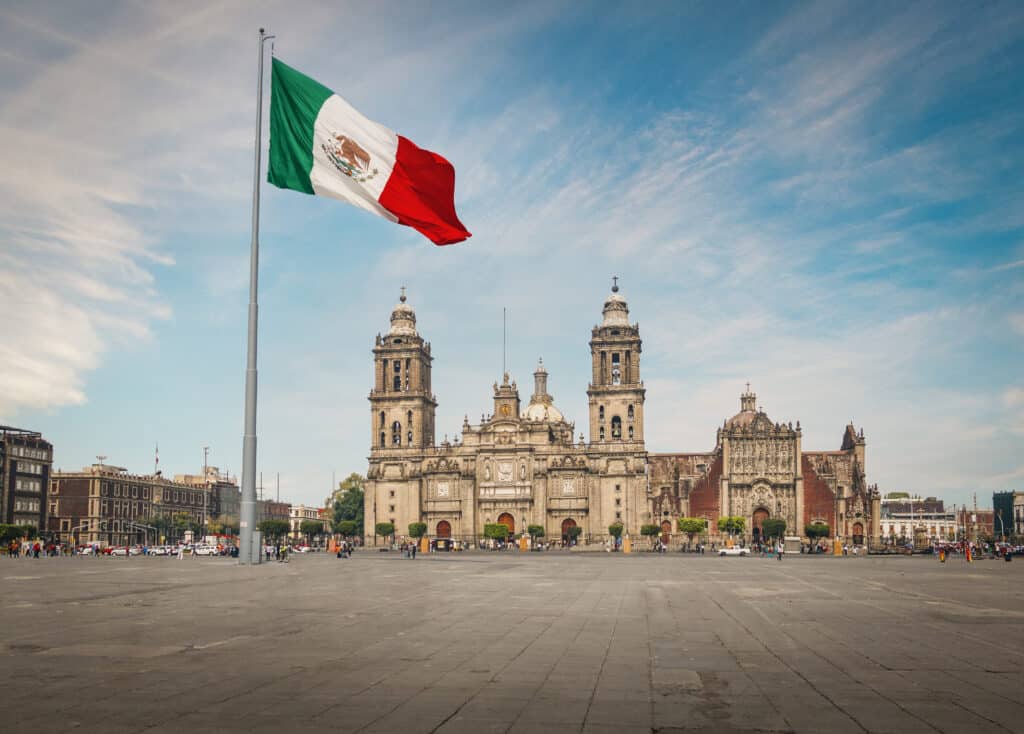Spanish Present Perfect Tense
Overview
Just as in English, the present perfect is a compound tense. Spanish uses the auxiliary verb haber (“to have”) plus the past participle (called the “participio”) of the main verb to form the present perfect. For example: He comido en ese restaurante antes. I have eaten at that restaurant before.

The present perfect tense is formed by the auxiliary verb “has,” or “have,” “haber,”plus the past participle. Remember that the past participle is formed by dropping the “ar,” or “er” of a verb and adding “ado,” or “ido.”
Examples: hacer – haciendo. The present perfect tense requires two verbs: I have written – Yo he escrito (have) is the auxiliary verb and written is the main verb.
Haber + past participle – He corrido – I run
The conjugation of the verb Hacer is as follows:
| Singular | Plural |
| Yo he escrito | Ellos han escrito |
| Tu has escrito | Nosotros hemos escrito |
| El ha escrito | Vosotros habeis escrito |
| Ella ha escrito | Ustedes han escrito |
| Yo he | Ellos han |
| Tu has | Nosotros hemos |
| El ha | Ustedes han |
In spite of its name, the present perfect tense is shown as an action in the past. Something that has been completed and has to do with the present. In English, it is possible to separate “have” from the past participle, however in Spanish you cannot separate “haber,” from the past participle.
Me he comprado un vestido largo. I have bought a long dress.
Lo hemos pensado mucho ayer. We have thought about it a lot yesterday.
You should be aware, however, that the Spanish present perfect tense should not always be thought of as the equivalent of the English present perfect tense. In many regions, it can be used as the equivalent of the English simple past tense. Sometimes the context will make this clear:
Ha llegado ayer por la noche. He arrived yesterday at night.
Ellos han bailado toda la noche. They danced all night.
Highlighted Author:
Stephen Sovenyhazy


Private Classes
Meet one or more times weekly with a dedicated Spanish instructor online at a pace and schedule that custom fits your busy life.

Group Courses

Self-Study
Do you like to study on your own when it’s convenient for you? Buy helpful charts, vocabulary lists, and courses.
Additional Topics
Common European Framework of Reference for Languages
The CEFR is an international standard used to describe language ability. Here are specific details of the CEFR for this topic.


